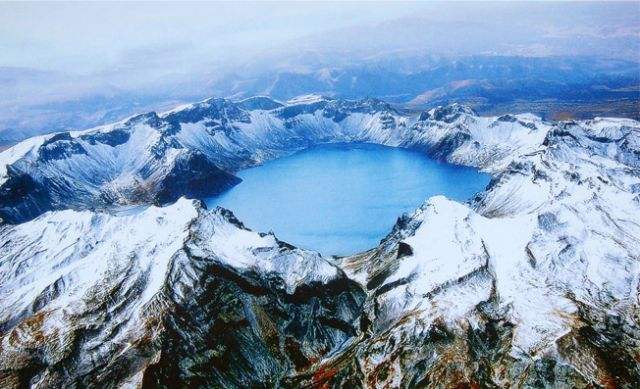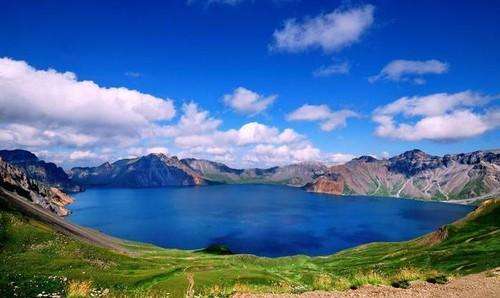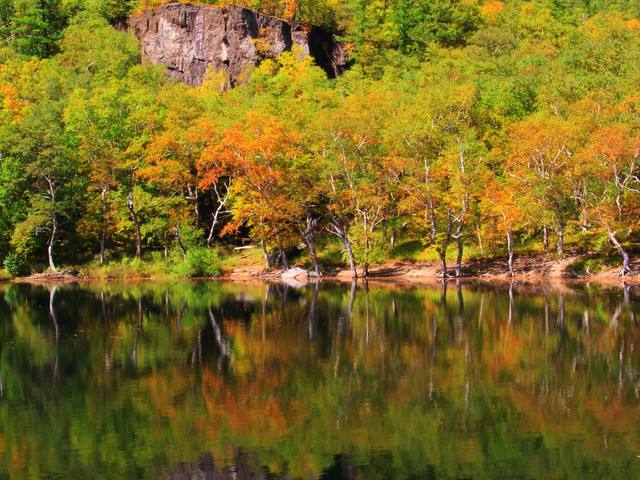Changbai Shan Nature Reserve
3 min readThe variation in plant and animal life is due to the changing altitudes. From the foot of the mountain up to 3, 300 feet (1, 000 m) are mixed coniferous and broad-leaved trees.

Hardy and valuable coniferous trees like dragon spruce and fir can be found from 3, 300 to 5, 900 feet (1,000 to 1, 800 m). Above 6, 600 feet (2,000 m), only lichen survives. Within this treasure trove thrives over 300 medicinal plants such as the winter daphne and wild ginseng.

Changbai Shan Nature Reserve(changbai shan ziran baohu qu),designated by UNESCO as a nature reserve in 1979, is a vital wildlife zone. Though predators such as Siberian tigers, leopards, lynx, and brown bears prowl the forests, there’s no reason to shun the mountain The lucky hiker might even catch a glimpse of elusive animals such as the shy deer, gorals, wild pigs, otters and dozens of other mammal species. Rare, endangered birds like hazel grouse, black storks, mandarin ducks and oriental storks also abound.

Sitting pretty atop Changbai Shan is the stunning Lake of Heaven(tianchi).This feather on Changbai Shan’s cap was formed centuries ago by volcanic eruptions. Over time,water filled the vent and eventually formed an oval lake about miles (13 km)in. Sixteen mountain peaks surround the Lake of Heaven like sentries guarding the watery gates of heaven. No birds, animals or flora distract one from its tranquil beauty. The highest peak, White Cloud Peak (baiyun feng), soars some9,000feet(2,744 above sea level. When the fair skies fill with fluffy clouds, their reflection in the crystal-clear water, framed by jagged peaks, makes a heavenly composition ttage remains cozy throughout the winter.

Rough hiking trails aside, there are guaranteed views of babbling brooks, waterfalls and thermal springs. Just beside the Lake of Heaven is Changbai Lake(changbaihu), also known as Little Lake of Heaven Water from the Lake of Heaven careens into a roaring waterfall some 200 feet (60 m)high nourishing the Yalu (yalujiang and Songhua rivers(songhuajiang), two of northeast China’s’ most important rivers.
Naturally, Changbai Shan has its fair share of fables. One myth is about the origins of the Manchu ethnic group, who are said to have sprung from the waters of the Lake of Heaven.

Three celestial maidens visited the lake for a quick, albeit chilly dip. A magic magpie dropped an enchanted berry and one of the heavenly ladies picked it up, and when she ate the berry, she became pregnant. The baby boy she bore founded the warrior Manchu dynasty.
From 1677, this region was considered by the Manchu as their sacred homeland. No one was allowed to enter and log trees for over 200 years. Today, Manchus share the intoxicating Changbai Shan region with a large ethnic Korean population. By dress,the latter are indistinguishable from their Manchu counterparts, but they still retain some of their traditional practices and festivals. Friendly and hospitable, most ethnic Korean locals live north and northeast of Erdao Baihe Town(erdao baihe zhen) in the area known as the Yanbian Korean Autonomous Prefecture.